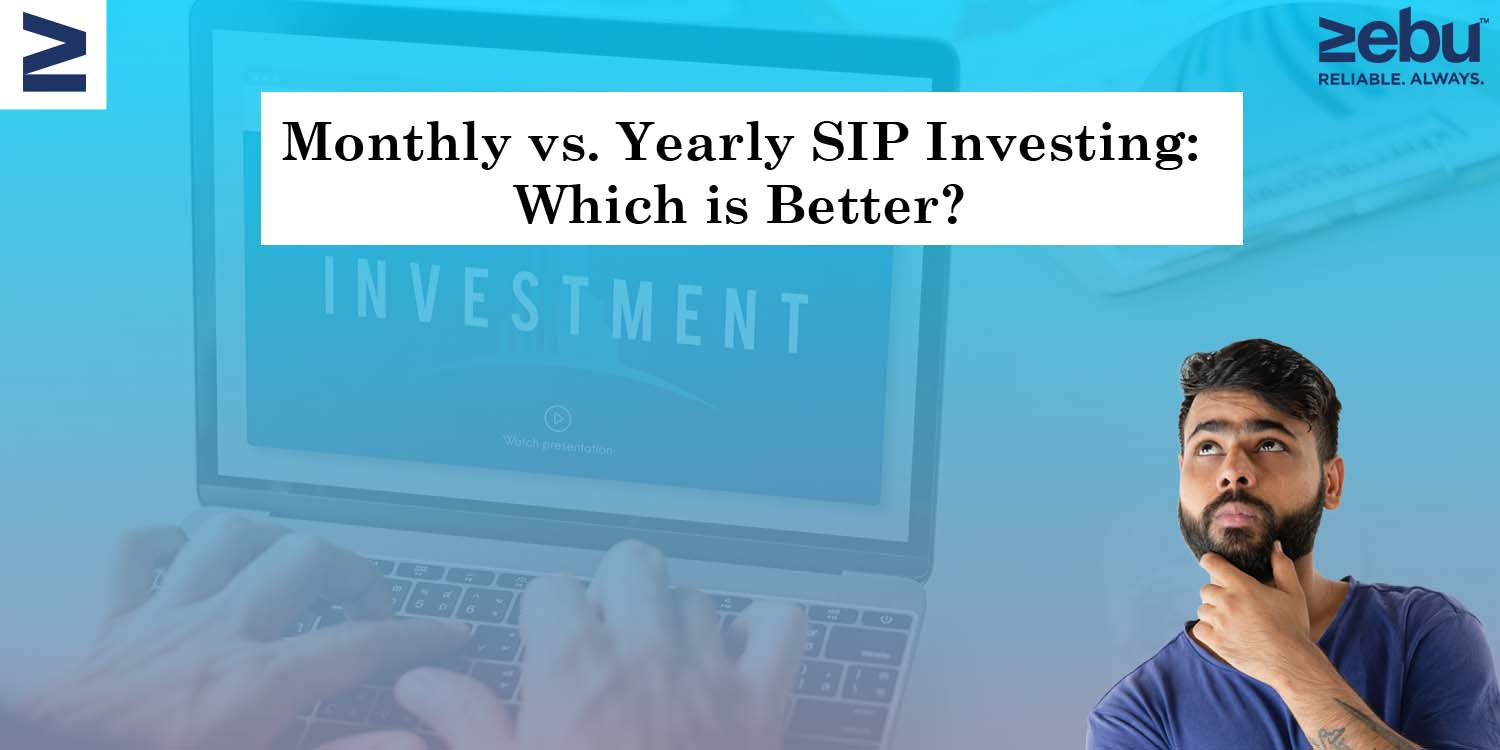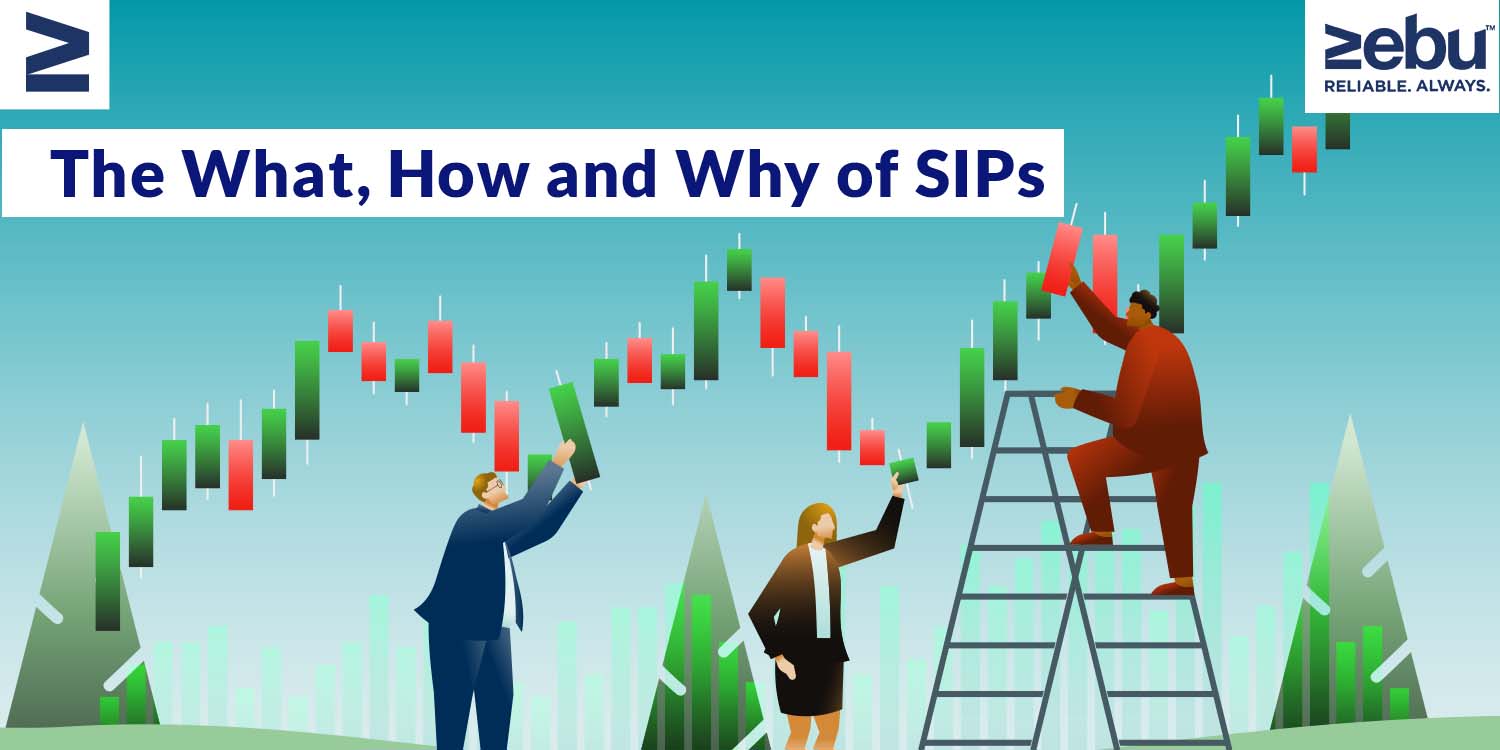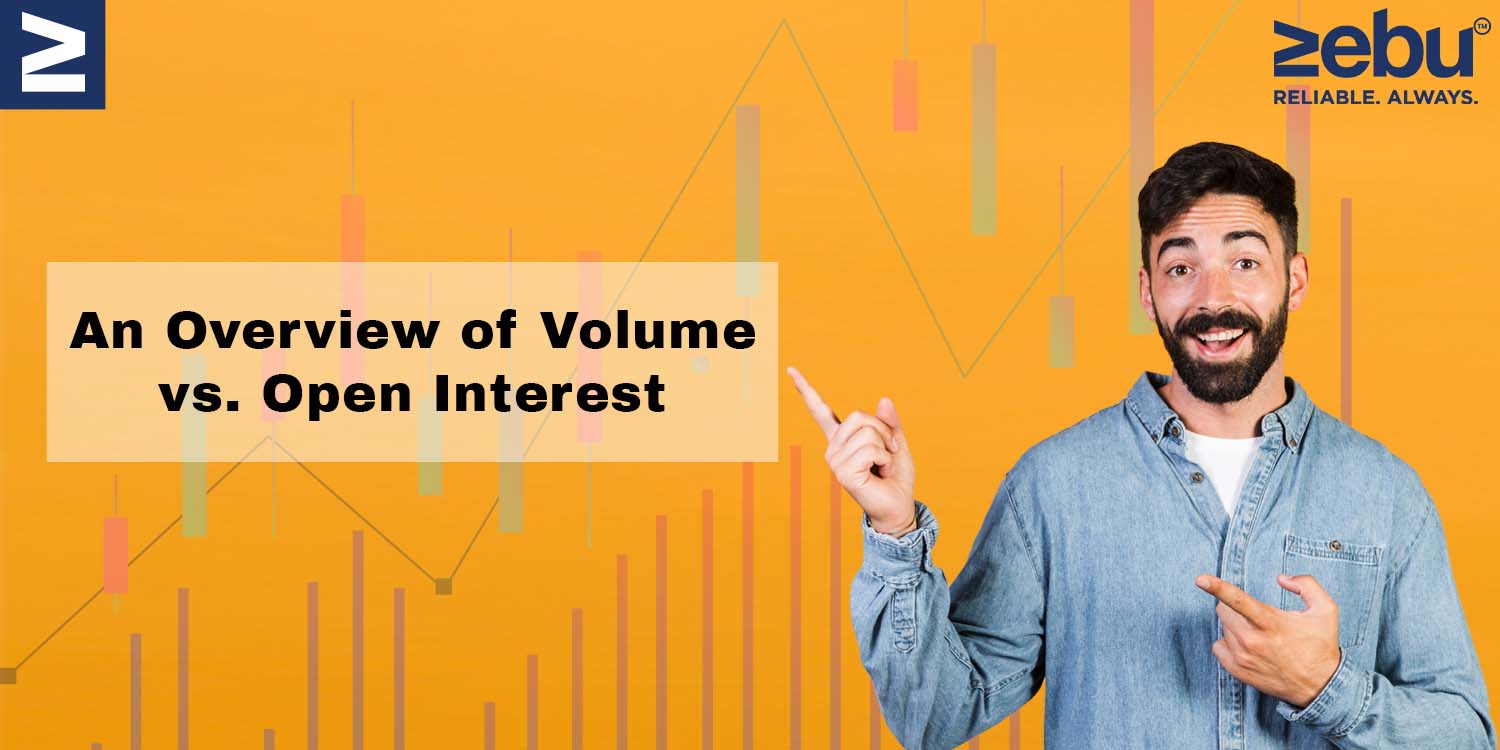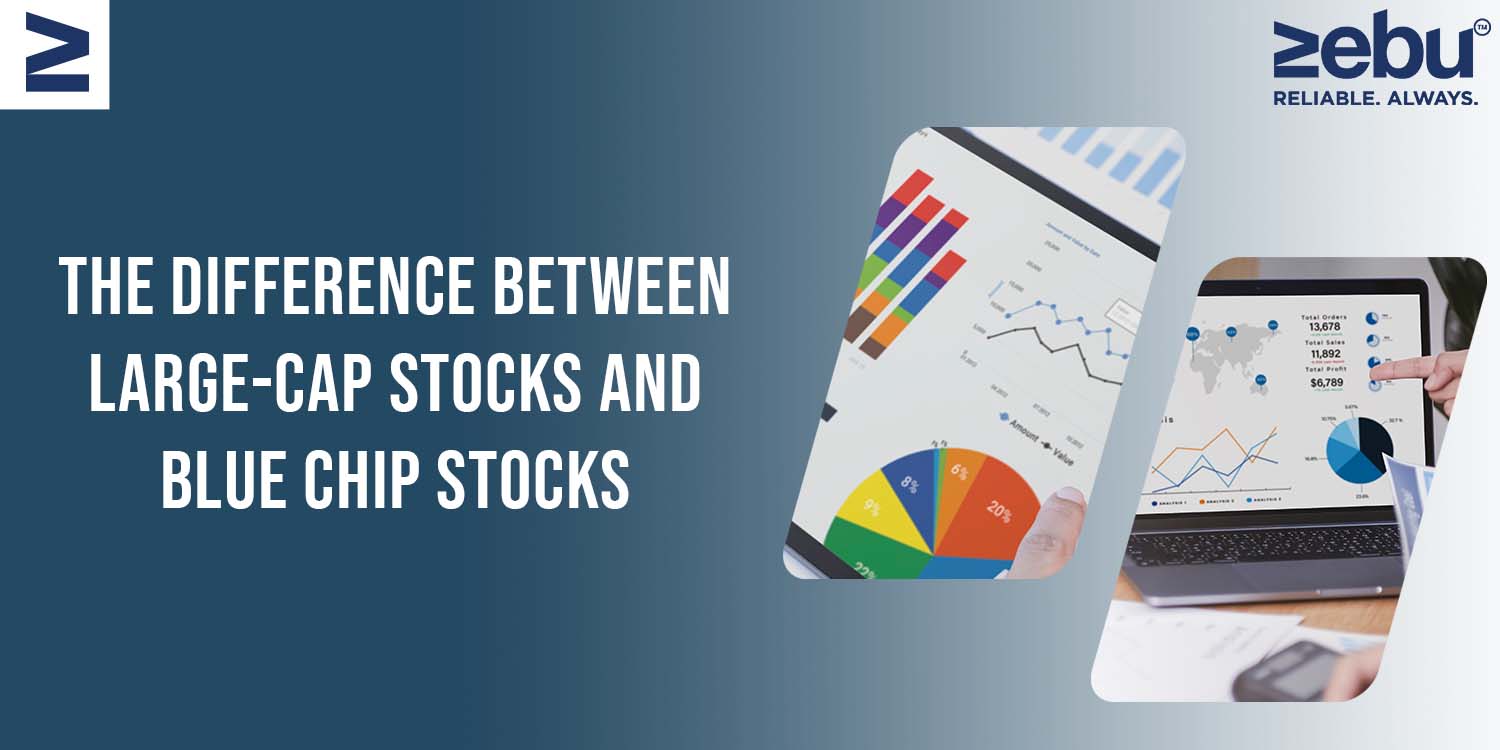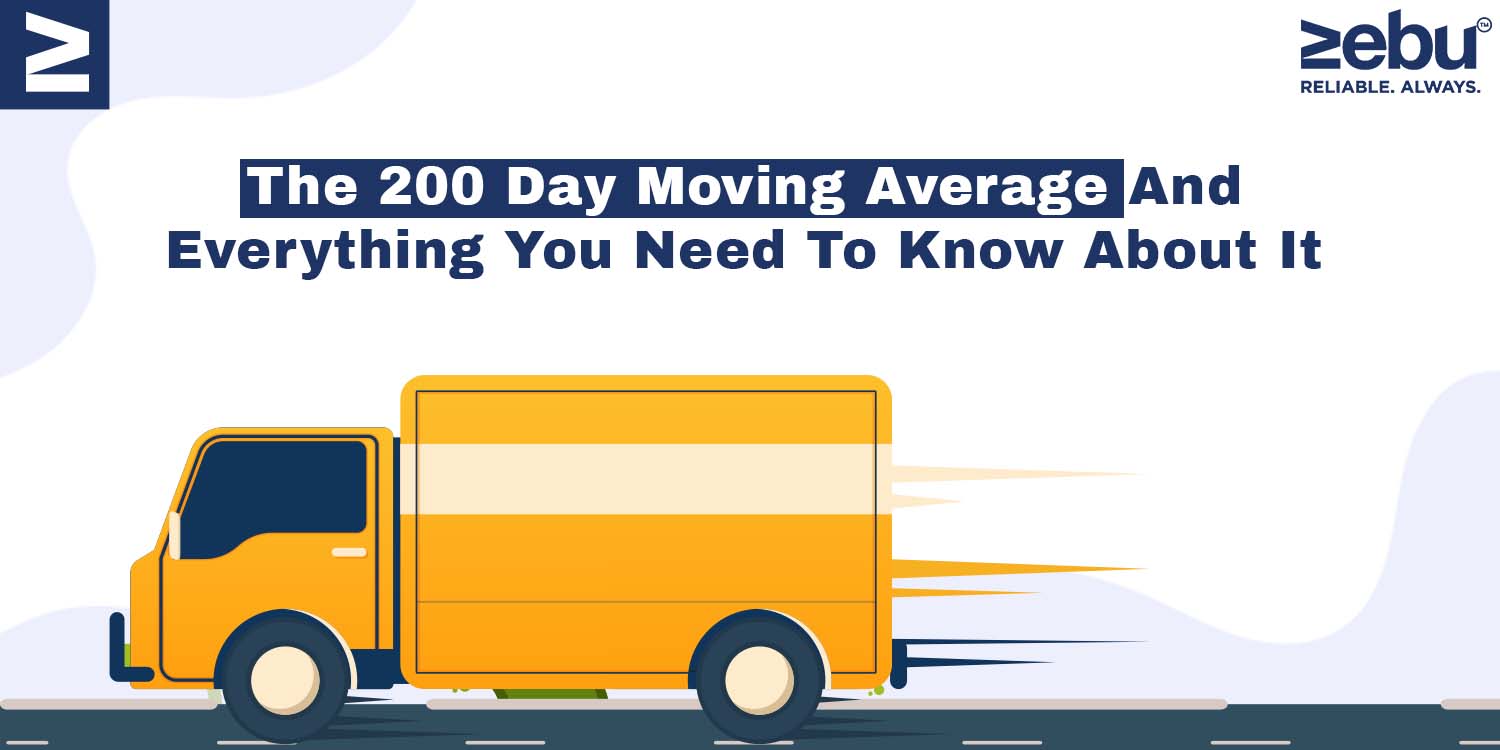
VIX is a contract that you’ve likely heard of if you’ve ever traded futures or options. The NSE VIX futures contracts can be traded in the same way that index and equity futures and options are. To begin, what precisely is a VIX contract? The volatility index (VIX) is a metric for market volatility, thus its name. Since a high VIX implies a high amount of fear in the market and a low VIX suggests a high level of confidence, it is commonly referred to as the Fear Index.
Examine some strategies for trading the VIX in India and some methods for trading the VIX in general. Do you realise that the India VIX and the Nifty are negatively correlated? What you should know about VIX is summarised below.
Before we get started on how you can use VIX, it is important that you have the right tools to trade efficiently. That is why as an online trading company we have created a high-end online trading platform with the lowest brokerage for you to maximize your returns from the market.
It’s important to keep in mind that the VIX measures market expectations for volatility.
To compute the VIX, VIX typically employs options expiring in the current month and the following month. According to the VIX, it is assumed that the premium on important Nifty options indicates the market’s implied volatility. Because of this, you can get a fair sense of how volatile the options are by averaging them. Expectations of more volatility are typically reflected in the price of options (both calls and puts). Nifty option order books are used to construct the India VIX. When determining the best bid-ask prices, we look at both the near-month and next-month Nifty options. As an indicator of how volatile India’s stock market is projected to be in the following 30 days. This is how the India VIX is computed:
NSE calculates and distributes the VIX on a real-time basis, hence the formula is only for educational reasons. In order to fully grasp the VIX, it is necessary to understand how it is interpreted and what it means.
How to use VIX in practise is a more important subject than its simple depiction of projected volatility or risk. This is how you can accomplish it:
For equities traders, the VIX is an excellent and reliable indicator of market risk
Stock traders who trade intraday and for the short term might use this information to gauge whether the market’s volatility is rising or falling. They’ll be able to fine-tune their approach. Intraday traders, for instance, run the danger of stop losses being swiftly triggered when volatility is projected to go up sharply. Consequently, they have the option of either reducing their leverage or widening their stop losses.
For long-term investors, the VIX is a great indicator. Most long-term investors are unconcerned by the volatility of the stock market. The risk and MTM losses of institutional investors and proprietary trading desks, however, are limited. To play the market both ways, they can boost their hedges in the form of put options when the VIX shows a rise in volatility.
Traders of options can potentially benefit from VIX as an indicator. When deciding whether to buy or sell an option, volatility is typically taken into account. In times of high volatility, options become more valuable and buyers are likely to profit more. Option sellers stand to gain when the VIX declines since more time value will be wasted.
Volatility trading is also important. Consider buying strangles or straddling if you think the market will be more volatile in the future. However, when volatility is expected to rise, these become extremely expensive. In order to reap the benefits of volatility without having to worry about the direction of the market, you should buy futures on the VIX index itself.
This index’s volatility is well-captured by the VIX. You can clearly detect a negative link between VIX and the Nifty if you map their movements over the previous nine years from the beginning of VIX. The volatility index (VIX) tends to rise and fall in tandem with the market’s overall performance. Index traders can use this data as an input.
Portfolio and mutual fund managers can greatly benefit from the VIX index. When the VIX reaches its all-time high, investors can aim to increase their exposure to high beta companies, and when the VIX reaches its all-time low, investors can increase their exposure to low beta stocks.
Although the India VIX has only been around for a little over a decade, it has already become a reliable indicator of market risk and volatility.
As we mentioned earlier it is important that you have the right tools to trade efficiently. That is why as an online trading company we have created a high-end online trading platform with the lowest brokerage for you to maximize your returns from the market.

